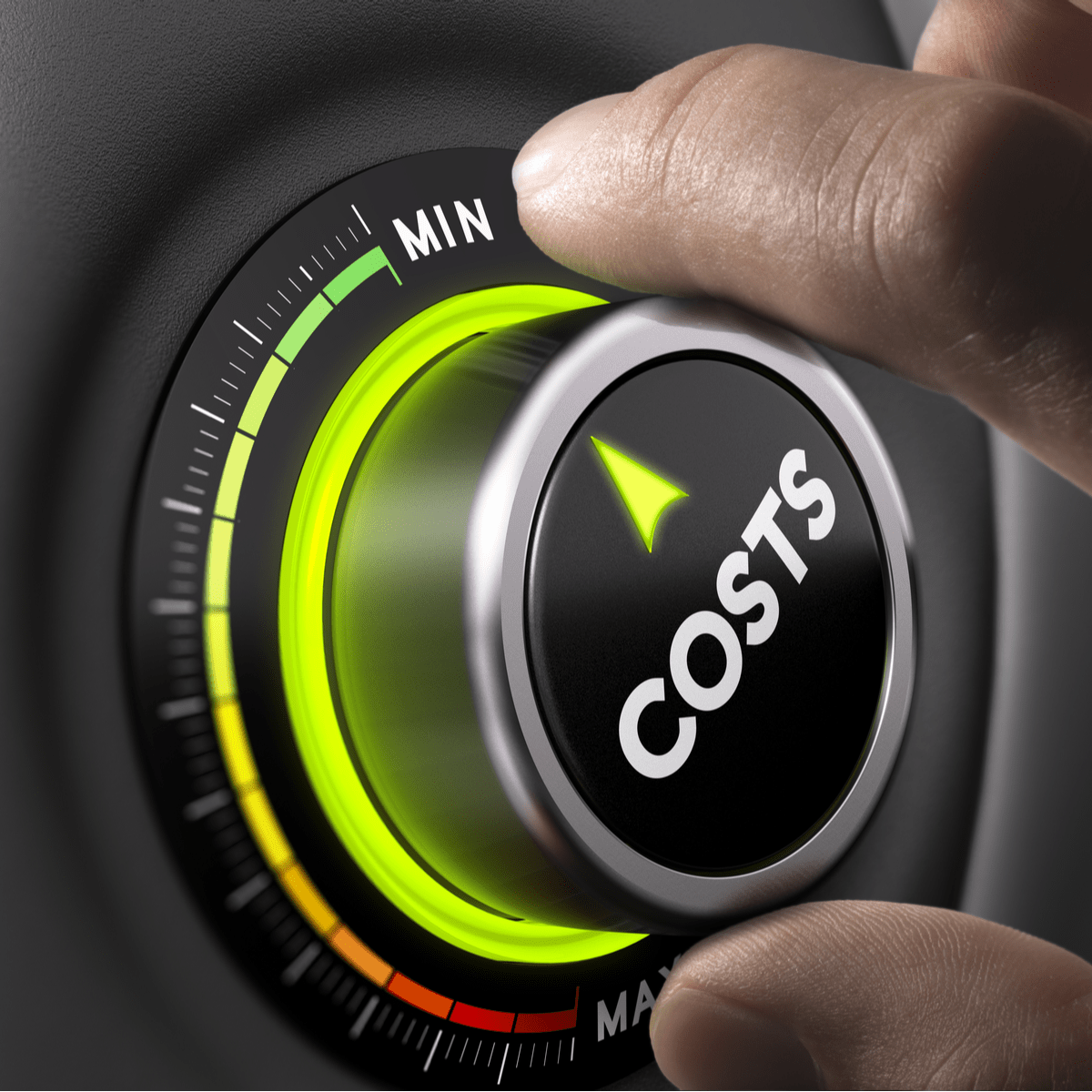5 Hidden Costs of Poor Property Management
Dustin Edwards • May 21, 2021
Evaluate these Aspects to Maximize Your Investment

When you are considering making a move to a property management company in Long Beach it can be easy to focus on “what are the monthly fees?”. Of course fees are only part of the story when it comes to having a property management company. Find out more about the five hidden costs of poor property management to help you find the best possible match for your goals.
- Vacancy Periods - Each day that your property isn’t occupied with a tenant it is costing you money. Even if you own your property outright there are still baseline expenses of maintenance, taxes, and insurance that you will have to pay if you don’t have a tenant in place. As you are interviewing property management companies to see if they could be a good match for your property, dig deep to understand how long properties that they manage stay vacant. Ask specifically how long properties like yours (i.e. a 3 bedroom/2 bathroom home in the Los Altos neighborhood) stay vacant after a tenant leaves. Get them to be as specific as possible given both current market conditions as well as moments a few years back to help you see how long properties are truly staying empty that they manage.
- Cost of Maintenance - When most people think of the cost of maintenance they are thinking about the hard cost of a specific repair but that is only half the battle. Of course you do want to be cognizant that you are getting a fair deal on repairs ranging from a faucet to a water heater, but more importantly what repairs could be missed that could cost you more money later if they aren’t addressed? Items such as not replacing older dishwashers or having rubber hoses on laundry units (vs. braided lines) can result in massive repairs vs. addressing at smaller increments over time. Take the time to ask prospective property management companies how they approach maintenance, how they ensure on-going maintenance is fairly priced, and their philosophy to mitigate major items that could be avoided.
- Missed Rental Increases - Far too often we hear from new clients that they have had the same rent for years and that is because “they are afraid of losing a great tenant”. While we certainly don’t want properties to be vacant, we also don’t want to see owners miss out on additional income. While it might be easy to avoid a rental increase, not raising the rent (based on solid analysis of competitive market rents) is one of the ways to have your asset truly underperform. To help you avoid this pitfall ask prospective property management companies how they approach increases, when they recommend maintaining rents, and even how much of an increase could be expected when they do raise the rent.
- Unexpected Fees - All too often a good presentation or even a guarantee can have owners miss out on the total costs of a property management company. While most owners ask about the percentage of management fee they sometimes forget to ask if that is ALL of the costs of working with the management company. Don’t forget to ask for a sample invoice to see if there are move-out fees, marketing fees, or other such items that could impact your total cost of engaging with that company.
- Stress and/or Anxiety - Whether it is unexpected fees or something such as a lack of communication, the wrong property management company can cause you stress! Stress and anxiety can hurt your passion for real estate or worse put strains on your relationships with friends and family. To help you minimize the potential for stress, take the time to really ask questions of potential property management companies ranging from their communication strategy to even asking if you can speak to other owners to see how they like working with that company.
Finding the right property management services from the right company can be a challenge. If you’d like to find out how we can help you avoid the above mentioned pitfalls for your Long Beach rental call us today at (562) 888-0247. When you want a quick check to see how much your property could fetch in rent we invite you to fill out our Free Rental Analysis
where we perform a comprehensive comparison to share your rental stacks up to the competition.





